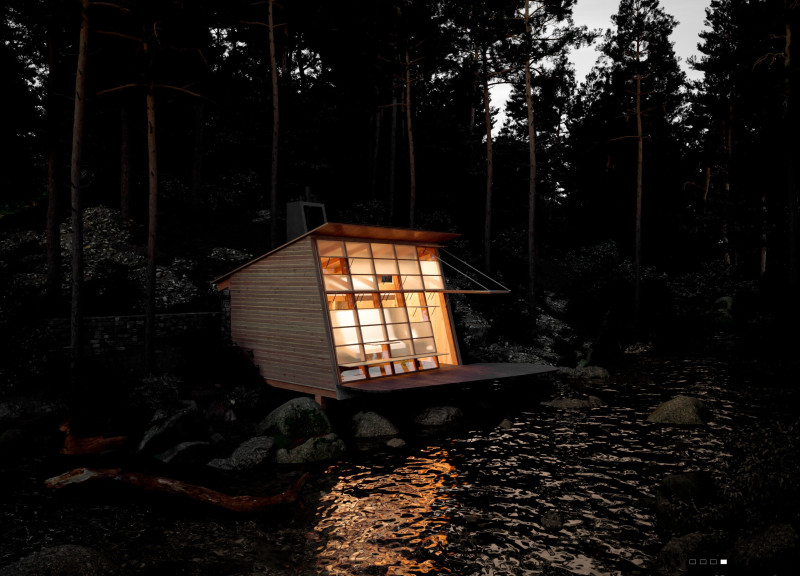5 key facts about this project
At its core, this architectural endeavor represents a harmonious balance between modernity and sustainability. The design philosophy emphasizes the importance of environmental considerations and the incorporation of natural elements, making it a forward-thinking contribution to contemporary architecture. This is achieved through the careful selection of materials and the implementation of design strategies that promote energy efficiency and minimize the building's ecological footprint.
One of the most notable features of this project is its thoughtful spatial organization. The layout has been designed to optimize the flow of movement and natural light, enhancing the user experience while creating inviting and dynamic spaces. Open areas are interspersed with private zones, allowing for a diverse range of activities and fostering a sense of community within the structure. The design incorporates expansive windows, large glazing areas, and strategically placed openings that invite natural ventilation and daylight, reducing dependence on artificial light and mechanical heating and cooling systems.
The material palette of the project reflects a commitment to both aesthetics and sustainability. The prominent use of locally sourced materials minimizes transportation impacts while supporting the local economy. Elements such as reclaimed wood, natural stone, and high-performance glazing provide a tactile quality that enhances the users' connection to the environment. The choice of these materials not only serves practical purposes but also emphasizes the project's overarching narrative of grounding architecture in its geographical context.
Unique design approaches are evident throughout the project. For instance, innovative structural elements may be utilized to create cantilevered features or dramatic overhangs that not only serve functional needs—such as providing shade or weather protection—but also contribute to the visual distinction of the building. Furthermore, the project may include green roofs or walls, integrating vegetation into the architectural expression and promoting biodiversity while also improving insulation and air quality.
The relationship between indoor and outdoor spaces is another critical aspect of this project. Thoughtful landscaping complements the architecture, blurring the boundaries and fostering an environment where occupants can engage with nature. Patios, terraces, and gardens provide opportunities for relaxation and social interaction, thereby enriching the overall user experience and enhancing the connection to the site.
In addition to these architectural considerations, the project embodies a clear response to its function, accommodating the needs of its users while remaining adaptable to future changes. This adaptability reflects an understanding of contemporary societal dynamics and the evolving nature of community spaces.
The attention to detail in the design and execution further exemplifies a commitment to quality. Finishes are selected not just for their appearance but also for their durability and ease of maintenance. The celebration of craftsmanship is evident in both the visible and hidden details, creating a cohesive narrative that resonates throughout the entire structure.
For those interested in delving deeper into the architectural composition of this project, it is encouraged to explore the architectural plans, architectural sections, and architectural designs that reveal the thought process and principles underlying this work. Engaging with these documents provides valuable insights into the innovative ideas that manifested in this project, illustrating how architecture can effectively respond to both user needs and environmental responsibilities.


























